The Last Olympian Pg.372-374
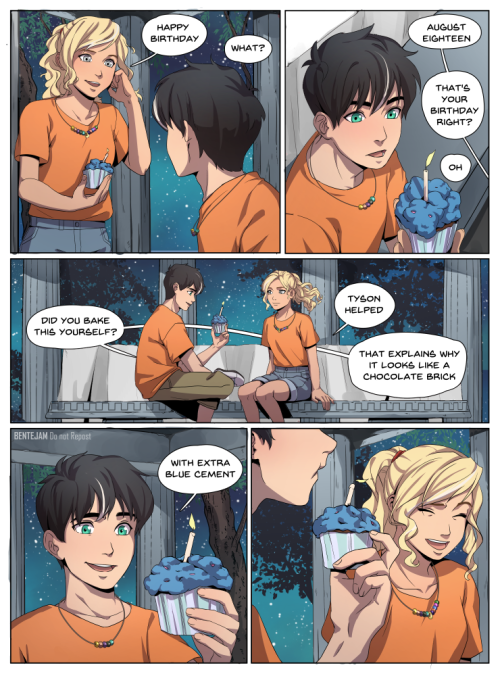
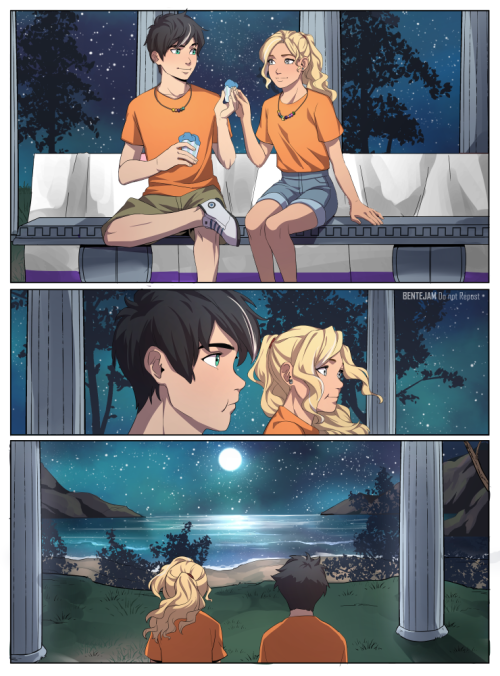
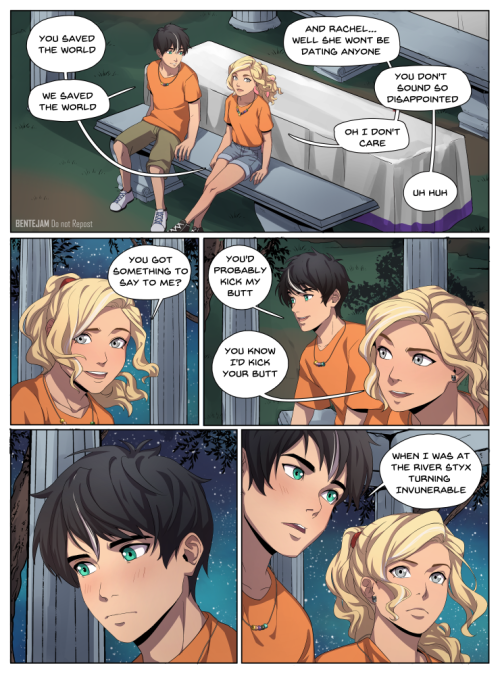
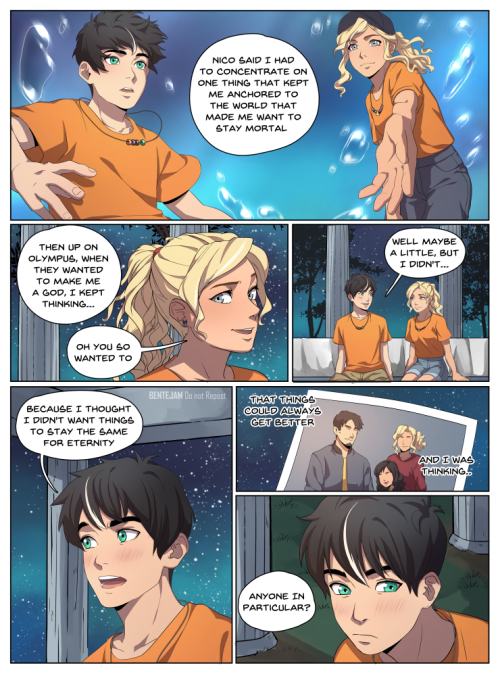
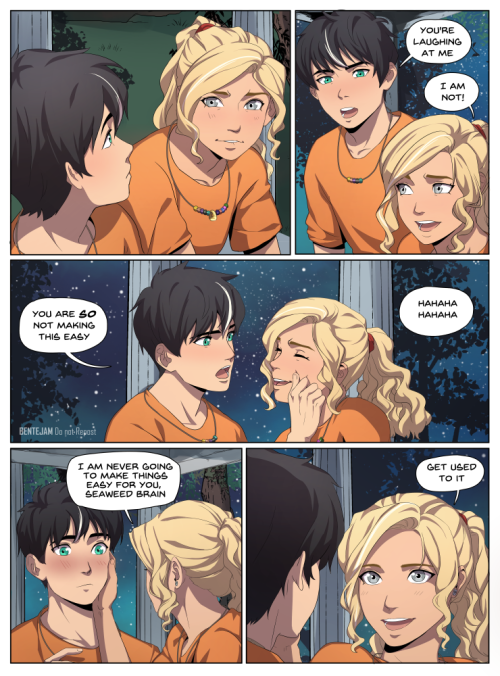

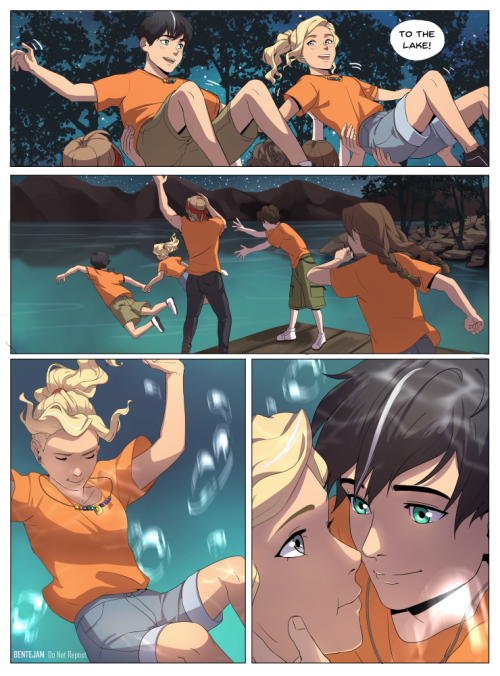
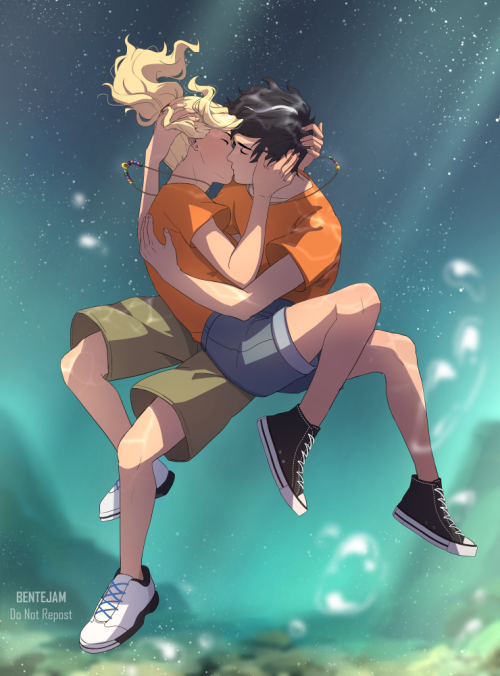
The Last Olympian pg.372-374
Wanted to finish this last year but some things happened. Enjoy!
More Posts from Thestarsarenotyetnamed and Others
Original




Shop , Patreon , Books and Cards , Mailing List

Leonid Pasternak (Ukrainian, 1862–1945) - The Torments of Creative Work
YALL. Holly Black has a list of resources she's used for writing her books on the fair folk. I'm OBSESSED. I love her work and world building. it's so true to the heart of faeries
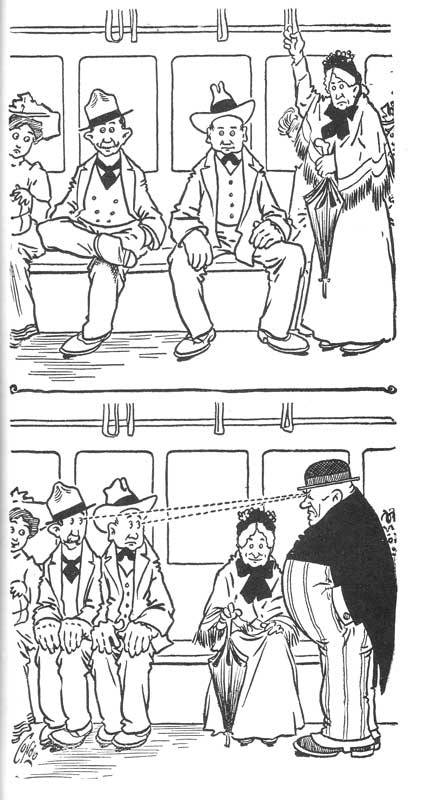
The Outbursts of Everett True was a comic strip that ran in papers from 1905 to 1927, wherein the aforementioned Everett True regularly beat the everliving shit out of rude people as a warning to anyone else who might consider being rude. Men have not only been taking up too much room on public transport for about as long as public transport has existed, but the people around them have been irritated about it for at least a hundred years. The next time someone tries to claim that manspreading is a false phenomenon, please direct them to this strip so that Everett True can correct their misconceptions with an umbrella upside the head.

Dragon room
WEBSITES FOR WRITERS {masterpost}
E.A. Deverell - FREE worksheets (characters, world building, narrator, etc.) and paid courses;
Hiveword - Helps to research any topic to write about (has other resources, too);
BetaBooks - Share your draft with your beta reader (can be more than one), and see where they stopped reading, their comments, etc.;
Charlotte Dillon - Research links;
Writing realistic injuries - The title is pretty self-explanatory: while writing about an injury, take a look at this useful website;
One Stop for Writers - You guys... this website has literally everything we need: a) Description thesaurus collection, b) Character builder, c) Story maps, d) Scene maps & timelines, e) World building surveys, f) Worksheets, f) Tutorials, and much more! Although it has a paid plan ($90/year | $50/6 months | $9/month), you can still get a 2-week FREE trial;
One Stop for Writers Roadmap - It has many tips for you, divided into three different topics: a) How to plan a story, b) How to write a story, c) How to revise a story. The best thing about this? It's FREE!
Story Structure Database - The Story Structure Database is an archive of books and movies, recording all their major plot points;
National Centre for Writing - FREE worksheets and writing courses. Has also paid courses;
Penguin Random House - Has some writing contests and great opportunities;
Crime Reads - Get inspired before writing a crime scene;
The Creative Academy for Writers - "Writers helping writers along every step of the path to publication." It's FREE and has ZOOM writing rooms;
Reedsy - "A trusted place to learn how to successfully publish your book" It has many tips, and tools (generators), contests, prompts lists, etc. FREE;
QueryTracker - Find agents for your books (personally, I've never used this before, but I thought I should feature it here);
Pacemaker - Track your goals (example: Write 50K words - then, everytime you write, you track the number of the words, and it will make a graphic for you with your progress). It's FREE but has a paid plan;
Save the Cat! - The blog of the most known storytelling method. You can find posts, sheets, a software (student discount - 70%), and other things;
I hope this is helpful for you!
(Also, check my blog if you want to!)
reblog if you:
are nonbinary
have dyed/cut your own hair over quarantine
love netflix cartoons
support nonbinary people
I’ve just gotten into digital drawing and I’m getting disheartened by my lack of progress, and frustrated at how bad I am at drawing without a reference. Is it possible to improve drawing even if I never go without a reference? Or do you have any tips for drawing just from your imagination?
Hey there! Long response ahead. You may find it reassuring to know that it took me around half a decade to get good at drawing without reference, and for a good chunk of that time I was drawing daily for 3 or 4 hours per day. It’s not an overnight thing, it’s not even a within-a-year thing; your brain genuinely needs the time to learn to generate images & volumes rather than to solely perceive them.
In branching out to digital, you and I inadvertently added a slight layer of difficulty to this process of learning to draw without reference. It’s more noticeable now than it will be in a few years time, but here’s what I imagine you’re dealing with (as I dealt with when I started digital): any drawing knowledge you gained through drawing traditionally seems like it’s gone, or at least really hard to access. When you try to sketch or paint digitally it might seem like you “forgot” how to address proportions, values, anatomy, volumes, color, etc.—but when you go back to drawing traditionally, it all comes back. That’s just the nature of moving to a radically different medium.
If you practice consistently for a few more weeks, you’ll notice that things start to come back to you. After a few months to a year, and digital may feel as natural (or more natural) to you than traditional. If you’re exclusively drawing digitally during this time, you’ll likely have trouble learning to draw without a ref, just because your mind is still adjusting to this very big change—but that’s to be expected. Accordingly, I’d recommend that you keep drawing traditionally as you learn digital, and do your non-reference drawings traditionally, for the most part. This way, your brain is only handling one major change at a time (digital vs. imagination). Once digital is like second nature to you, you can do more imagination drawings there.
On drawing from reference: Stepping away from the logistics of brain stuff, you absolutely can improve as an artist if you never go without a ref. I know hundreds of artists who make incredible work that stems from clever use of references. Art made with references is valid; if you don’t know what something looks like, there is literally no shame in finding pictures of it in order to make a good piece. I do it frequently.
There’s also this spectrum of ref use that I’ve picked up on: on one end, there’s art that may nearly be a copy of some picture (e.g., essentially a study with a few details changed); and on the other, there’s art in which the artist takes little samples from many, many photos or other art pieces and incorporates them into one cohesive image. It’s easier to start from the former end and head towards the latter. The convenient part of using small portions of many references is that it’s not difficult to transition to doing drawings from imagination. When you focus on a small visual, it’s easier to remember it than if you were trying to remember one very large and complex set of visuals (e.g., it’s easier to visualize an eye than the entirety of a face).
Described above is a more gradual solution for drawing without a ref—that is, slowly using less and less reference over years of remembering and learning. I also recommend the brute-force approach (I employed the two in tandem): making yourself to draw from imagination, preferably with a direction in mind, and seeing how far you can go before you encounter too many gaps in your knowledge to continue. When you can discern gaps (e.g., not knowing what an arm looks like at a very specific angle), take note of a few that you find important, and study them. You won’t be able to figure out everything quickly, so don’t fret about that. This is very much an active learning approach, and will likely get you results quicker than the method mentioned in the paragraph above. It’s also scarier, as you’ll be humbled pretty quickly by the ocean of knowledge that you are without—I know I was :)
As is proper for an answer addressing drawing from imagination, here’s a study of a photo. I’ve been trying to figure out how to paint in Procreate as of a few days ago, and it’s been quite interesting. I still prefer Photoshop, but the app certainly has its merits.

I’ve been pretty inconsistent with posting recently, and it’s mostly due to schoolwork. Junior year for my major is notoriously heavy, so I haven’t been able to paint illustrations (outside of commissions that I’m finishing) and answer questions, sorry about that!
-
 are-there-any-available liked this · 1 month ago
are-there-any-available liked this · 1 month ago -
 nicochaseartblock reblogged this · 1 month ago
nicochaseartblock reblogged this · 1 month ago -
 nicochaseartblock liked this · 1 month ago
nicochaseartblock liked this · 1 month ago -
 voraciousbookworm15 liked this · 1 month ago
voraciousbookworm15 liked this · 1 month ago -
 nomi9006 liked this · 2 months ago
nomi9006 liked this · 2 months ago -
 purple-cannibal liked this · 2 months ago
purple-cannibal liked this · 2 months ago -
 sleepyvib-es liked this · 2 months ago
sleepyvib-es liked this · 2 months ago -
 rosesradio reblogged this · 2 months ago
rosesradio reblogged this · 2 months ago -
 rosesradio liked this · 2 months ago
rosesradio liked this · 2 months ago -
 artsi-em liked this · 2 months ago
artsi-em liked this · 2 months ago -
 rebekahwaii reblogged this · 3 months ago
rebekahwaii reblogged this · 3 months ago -
 eternalarticflame liked this · 3 months ago
eternalarticflame liked this · 3 months ago -
 wonderfulfam liked this · 3 months ago
wonderfulfam liked this · 3 months ago -
 anzu-ccchi liked this · 3 months ago
anzu-ccchi liked this · 3 months ago -
 keyslayer117 liked this · 3 months ago
keyslayer117 liked this · 3 months ago -
 alicedyers reblogged this · 3 months ago
alicedyers reblogged this · 3 months ago -
 too-many-frogs liked this · 3 months ago
too-many-frogs liked this · 3 months ago -
 nerdasanartist liked this · 5 months ago
nerdasanartist liked this · 5 months ago -
 wonderingcheshirecat reblogged this · 5 months ago
wonderingcheshirecat reblogged this · 5 months ago -
 readfor2day liked this · 5 months ago
readfor2day liked this · 5 months ago -
 allfandomlove liked this · 5 months ago
allfandomlove liked this · 5 months ago -
 automaticcatsandwich reblogged this · 5 months ago
automaticcatsandwich reblogged this · 5 months ago -
 achilles-in-a-blanket-burrito reblogged this · 5 months ago
achilles-in-a-blanket-burrito reblogged this · 5 months ago -
 achilles-in-a-blanket-burrito liked this · 5 months ago
achilles-in-a-blanket-burrito liked this · 5 months ago -
 bookandcatobsessed liked this · 6 months ago
bookandcatobsessed liked this · 6 months ago -
 profoundwonderlandglitter liked this · 6 months ago
profoundwonderlandglitter liked this · 6 months ago -
 the-mysterious-miss-f liked this · 6 months ago
the-mysterious-miss-f liked this · 6 months ago -
 virgoqueen2002 liked this · 6 months ago
virgoqueen2002 liked this · 6 months ago -
 annan07gg liked this · 6 months ago
annan07gg liked this · 6 months ago -
 amirightoramirightt liked this · 7 months ago
amirightoramirightt liked this · 7 months ago -
 tonystarksgirl liked this · 7 months ago
tonystarksgirl liked this · 7 months ago -
 zoeden liked this · 7 months ago
zoeden liked this · 7 months ago -
 glaxyjellyfish reblogged this · 7 months ago
glaxyjellyfish reblogged this · 7 months ago -
 gwrfan4444 liked this · 7 months ago
gwrfan4444 liked this · 7 months ago -
 lovedmei reblogged this · 7 months ago
lovedmei reblogged this · 7 months ago -
 sea-pearl liked this · 7 months ago
sea-pearl liked this · 7 months ago -
 anika-kanroji16 liked this · 7 months ago
anika-kanroji16 liked this · 7 months ago -
 nerdychics liked this · 7 months ago
nerdychics liked this · 7 months ago -
 isagivinny liked this · 7 months ago
isagivinny liked this · 7 months ago -
 lovelyalicorn reblogged this · 7 months ago
lovelyalicorn reblogged this · 7 months ago -
 cottencandy443 liked this · 7 months ago
cottencandy443 liked this · 7 months ago -
 justsomecurlyheadsbs liked this · 7 months ago
justsomecurlyheadsbs liked this · 7 months ago -
 juriandurian liked this · 7 months ago
juriandurian liked this · 7 months ago -
 akwa245 liked this · 8 months ago
akwa245 liked this · 8 months ago -
 pxndxmonxm liked this · 8 months ago
pxndxmonxm liked this · 8 months ago -
 afflicted-with-wanderlust reblogged this · 8 months ago
afflicted-with-wanderlust reblogged this · 8 months ago -
 hosepriv reblogged this · 8 months ago
hosepriv reblogged this · 8 months ago -
 hosepriv liked this · 8 months ago
hosepriv liked this · 8 months ago -
 shinimint liked this · 8 months ago
shinimint liked this · 8 months ago

301 posts